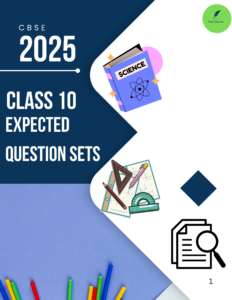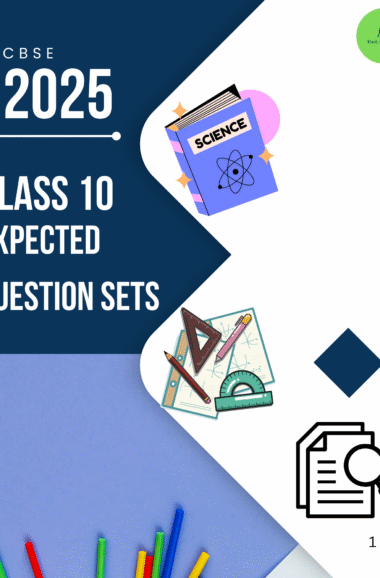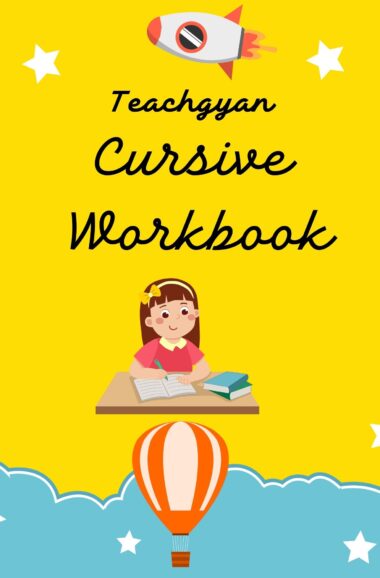Inclusive education lies at the heart of the National Education Policy (NEP) of India, aiming to provide equitable access to quality education for all learners, regardless of their diverse backgrounds and abilities. Creating an interactive classroom environment that accommodates the needs of diverse learners is essential for implementing inclusive practices effectively. This blog post explores strategies and approaches for designing an interactive classroom that fosters inclusivity, aligning with the principles of the National Education Policy.
- Understanding Inclusive Education and the NEP: Begin by understanding the concept of inclusive education and its significance within the NEP. Familiarize yourself with the policy’s guidelines and objectives for creating an inclusive learning environment that embraces diversity and promotes equal opportunities.
- Recognizing Diverse Learners: Acknowledge the diverse range of learners in your classroom, including those with disabilities, different learning styles, cultural backgrounds, and language abilities. Embrace a student-centered approach that values and respects individual differences, promoting a sense of belonging for all learners.
- Universal Design for Learning (UDL): Implement the principles of Universal Design for Learning (UDL) to design interactive lessons that cater to diverse learners’ needs. UDL encourages providing multiple means of representation, engagement, and expression. Incorporate varied instructional materials, flexible learning options, and diverse assessment methods to support all students in accessing and demonstrating their learning.
- Differentiated Instruction: Adopt differentiated instruction techniques to tailor teaching strategies, content, and assessment to the individual needs and abilities of students. Modify instructional materials, provide supplementary resources, and offer alternative ways for students to engage with the content. Differentiation ensures that all learners can actively participate and achieve their full potential.
- Collaborative Learning: Encourage collaborative learning experiences within the classroom, fostering interaction and cooperation among students. Incorporate group projects, cooperative tasks, and peer-assisted learning opportunities to promote social integration, empathy, and a sense of community among diverse learners.
- Assistive Technology and Resources: Integrate assistive technology tools and resources to support students with disabilities and learning difficulties. These tools can include text-to-speech software, speech recognition software, visual aids, and alternative input devices. Adapting technology to meet individual needs enhances engagement, participation, and learning outcomes.
- Sensitization and Professional Development: Ensure that teachers and staff receive training and professional development opportunities to increase their awareness and understanding of inclusive education practices. Encourage ongoing collaboration and sharing of best practices among educators to continually enhance their ability to create an inclusive and interactive classroom.
- Individualized Support: Offer individualized support and interventions for students who require additional assistance. Collaborate with special educators, counselors, and support staff to develop personalized learning plans and provide targeted interventions to help learners overcome challenges and achieve their learning goals.
- Parent and Community Engagement: Involve parents and the community in fostering an inclusive classroom environment. Maintain open lines of communication, seek parental input, and involve families in decision-making processes. Partner with community organizations to provide additional resources and support for students with diverse needs.
- Assessing Inclusivity and Progress: Regularly assess and evaluate the inclusivity of your classroom environment and instructional practices. Use formative and summative assessments to monitor students’ progress and identify areas for improvement. Adjust your strategies based on feedback and evidence-based practices to continually enhance inclusivity in your classroom.
Conclusion: Creating an interactive classroom that embraces inclusive education is a transformative journey that aligns with the goals and principles of the National Education Policy of India. By recognizing and valuing the diverse needs and abilities of learners, implementing inclusive strategies, and fostering a supportive learning environment, educators can create an inclusive classroom that celebrates diversity, promotes active engagement, and ensures equitable educational opportunities for all students. Together, let us work towards building an educational system that truly leaves no learner behind.








